天守 (tenshu) is the Japanese word for a castle tower. There are only 12 original tenshu left in Japan. I visited them all over a couple of years and made some simple videos. You can find a map of the 12 and a little more information on this page.
Hikone is a laidback little town in Shiga, north of Kyoto, right on the shore of Japan’s largest lake, Biwa. When the castle was first built it was, so I’m informed, right next to the lake, which was very useful for supplies – a network of canals is linked to the lake and remains to this day. The castle was only there for two years when it was decided a more strategically advantageous location would be on top of the hill it now occupies.

Hikone castle was the main line of defence for the road to Kyoto, back when the Imperial Court was based there. Maybe a sense of gratitude helped it survive the castle dismantling project – the Emperor Meiji himself is supposed to have intervened to prevent its destruction after touring the area in the late 19th century.
It’s also possible the emperor was just struck by the unique architecture of Hikone, which has three different styles of gable. This is something you’d notice but probably not know you’d noticed; you can tell at a glance that there’s something different about the way the castle is styled, but it’s not instantly apparent. Look a bit closer and you should puzzle it out soon enough.


Or maybe the Emperor was a cat person: the Ii clan adopted Gotoku temple in Tokyo as their family temple following a feline intervention during a storm. Legend has it that Ii Naotaka was about to get soaked to the skin (or struck by lightning, depending on who you listen to) and saw a cat beckoning him into a temple. He was so chuffed at this rescue that he dedicated the temple to cats and picked it out for his clan.

Nowadays, Gotoku-ji is filled with maneki-neko statues, and is also the final resting place of many an Ii, perhaps the most famous of whom might be Ii Naosuke, former chief minister of Japan, who was assassinated in 1860 by a group of unhappy ronin, former samurai who were, to put it mildly, a little annoyed about the signing of a treaty opening Japan to what they perceived as barbaric foreign influence. (It’s a lot more complicated than that, but that’s the gist.) A lot of these assassins hailed from Mito, in what is now Ibaraki, and Hikone & Mito didn’t officially bury the hatchet until the middle of last century.
Putting aside the turbulent years of the Meii restoration & returning to cats for a moment, Hikone Castle’s mascot is also inspired by the same legend. He’s called Hikonyan – I suppose an English equivalent might be ‘Buckinghameow’ – and he sports a kabuto in the traditional Ii family style.
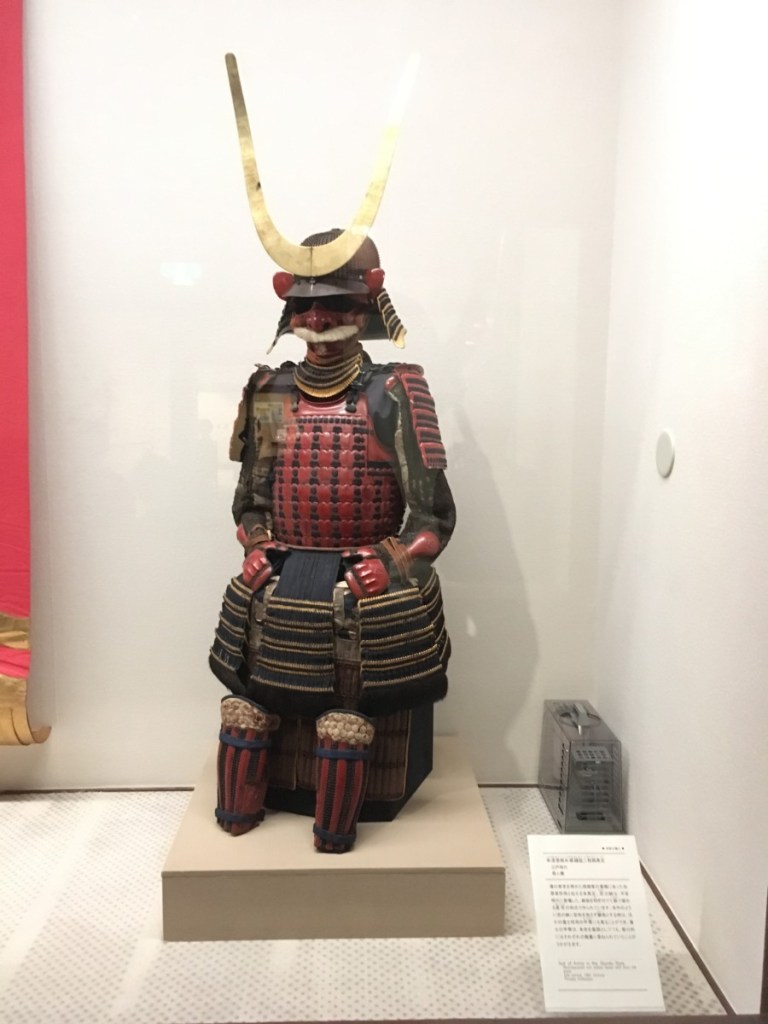
The main access to the castle is up a winding path that culminates in a wooden bridge, designed to be a choke point for any armies rushing to attack. The defenders could set the bridge on fire and rain arrows, rocks and other fun things down upon the invaders.
This part of the castle also has a distinctive wall – an earthquake in the nineteenth century meant that rebuilding was required. Techniques had advanced in the intervening years, so one side of the wall is in a noticeably different style.
Hikone is also the only castle in Japan that retains an original stable, although there aren’t any horses in it. Real ones anyway.
Reconstruction in more recent years has taken place near the ticket gates, in the Hikone museum, where you can visit a rebuilt version of the daimyo (castle lord)’s living quarters, complete with zen inducing gardens.

There’s a much bigger group of gardens down to the side of the castle, called Genkyuen, which are also gorgeously peaceful.
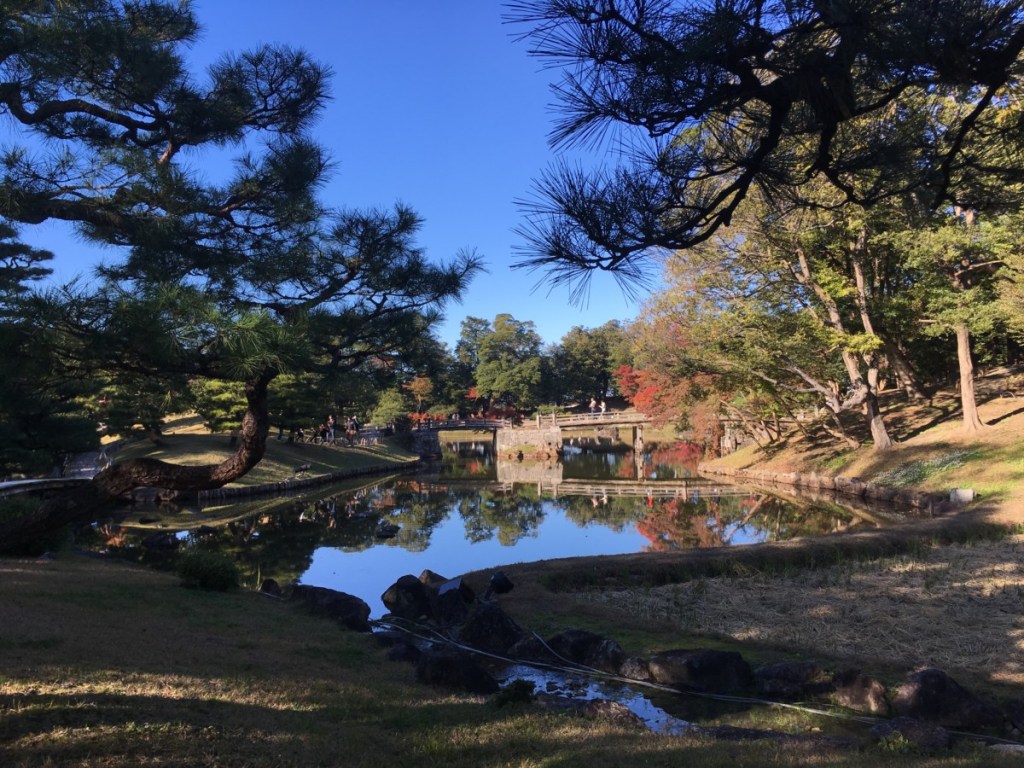
More images in the gallery below:
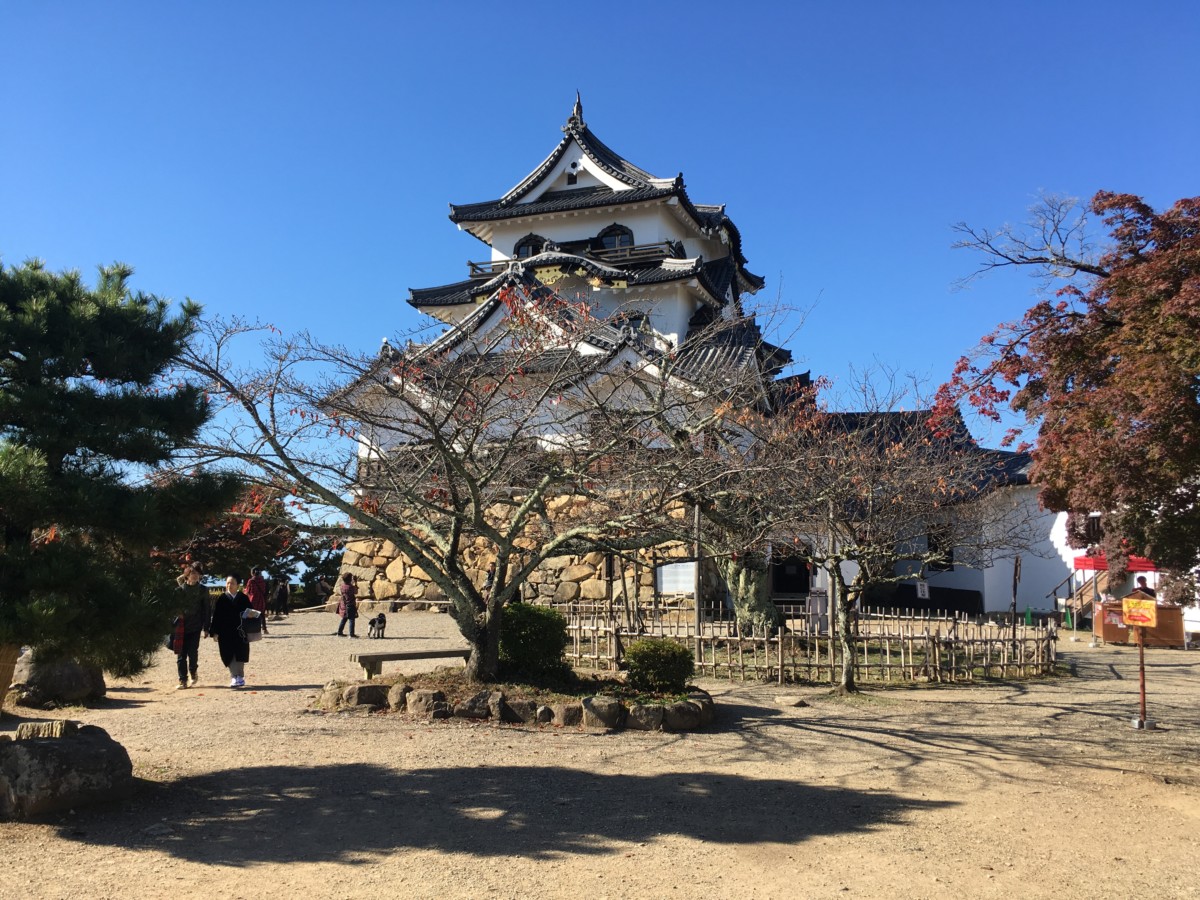

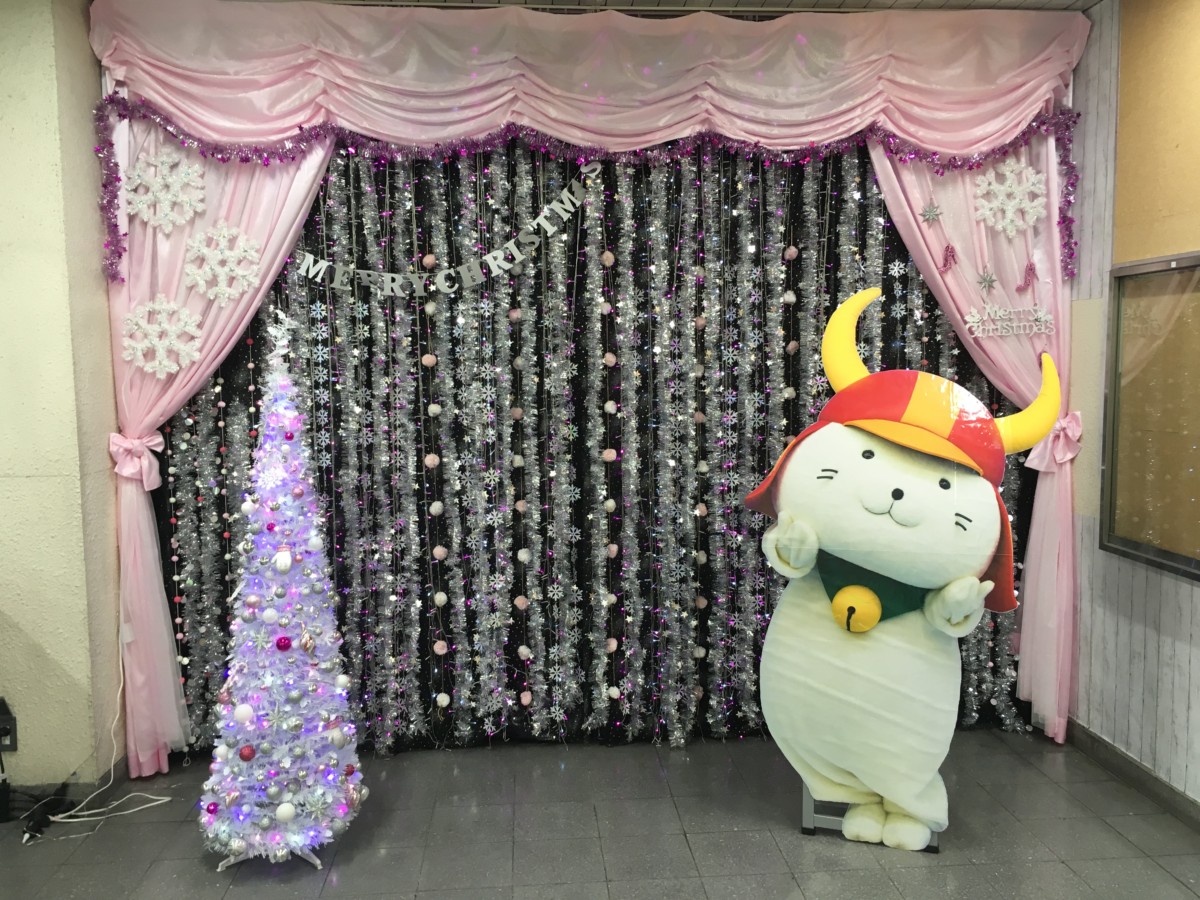
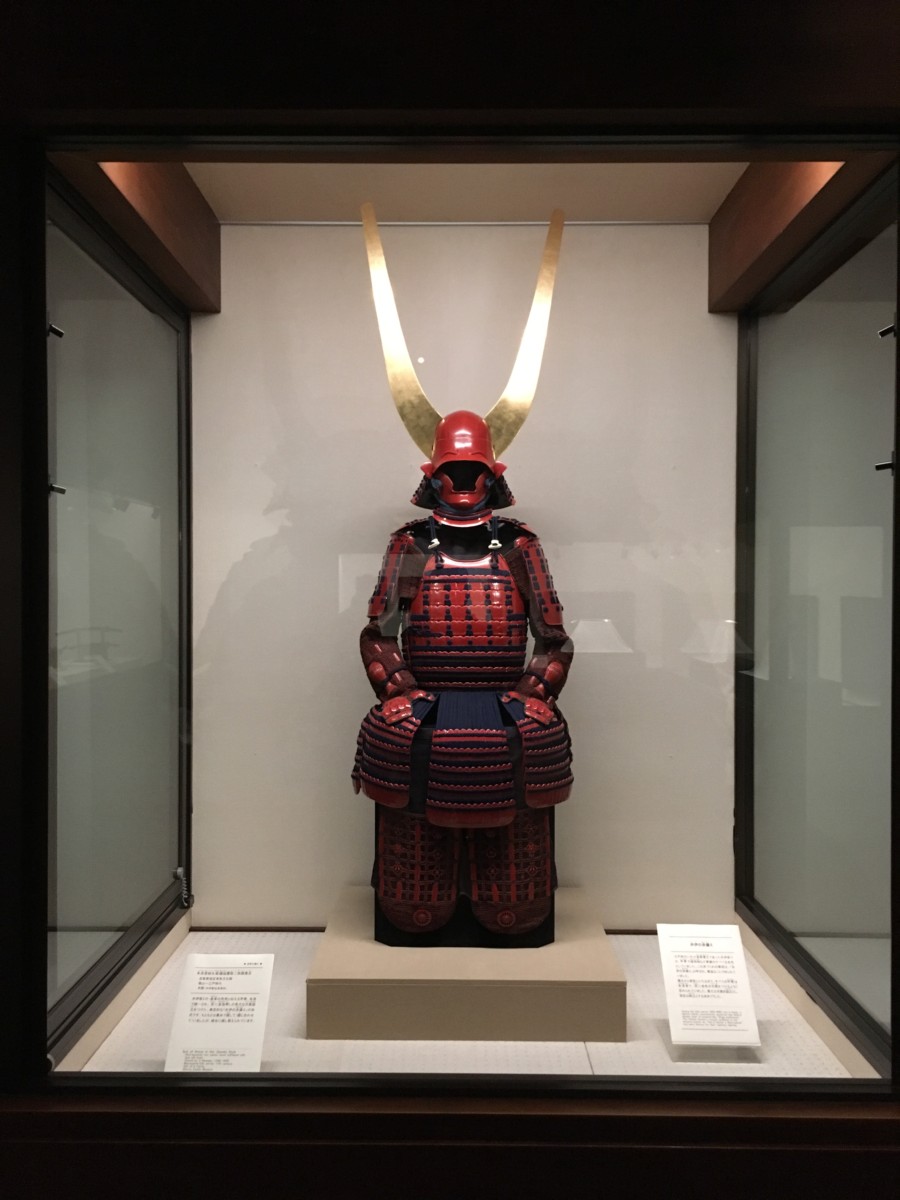

Leave a comment